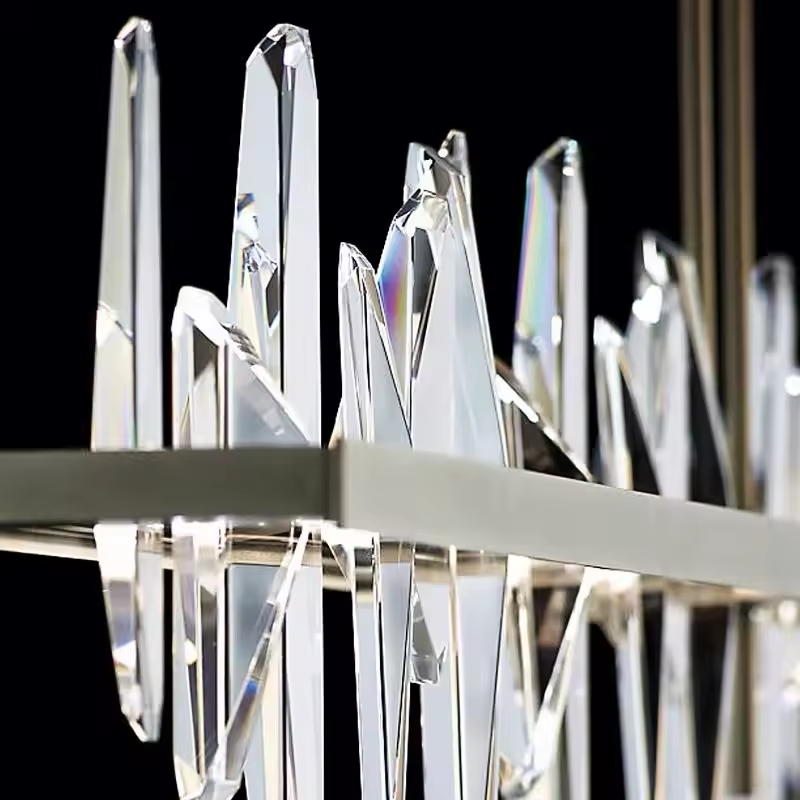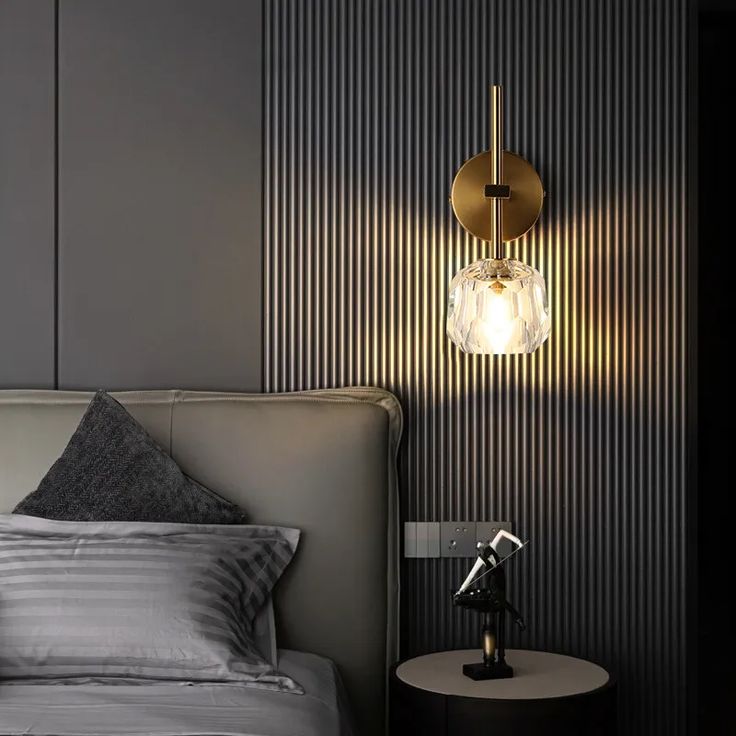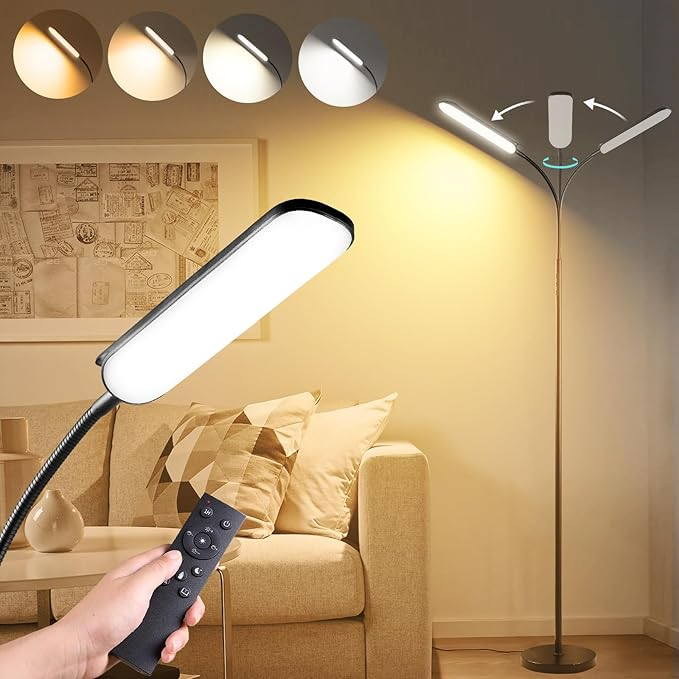The Evolution of Vintage Table Lamp Designs
The design of vintage table lamp has journeyed through a remarkable evolution. These lamps were not merely sources of light; they symbolized style and technological advancements of their eras. The early 20th century saw lamps designed with ornate details popular in the Victorian era. They often featured intricate metalwork and richly decorated shades.
Moving into the 1920s and 1930s, Art Deco designs became prevalent. Vintage table lamps from this period exhibited symmetrical patterns, sleek lines, and a sense of glamor reflective of the Roaring Twenties. Materials like chrome and glass were common, complementing the growing fascination with modernity.
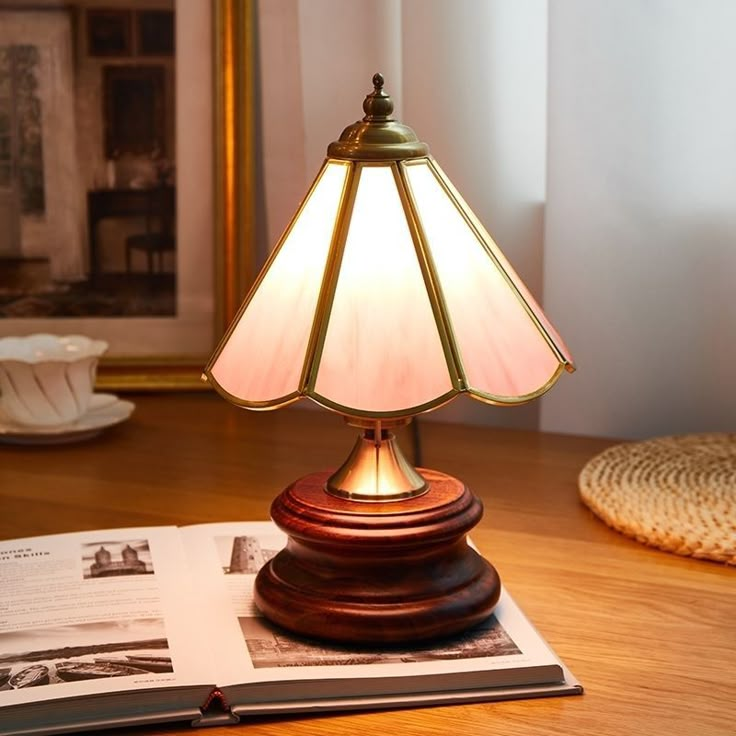
The post-war 1940s and 1950s brought a shift towards minimalism and functionality. Mid-century modern designs featured clean lines, organic shapes, and efficient use of materials. These vintage table lamps blended form with function, symbolizing the optimistic spirits of the time.
As the 1960s and 1970s rolled in, there was a noticeable move towards bold colors and experimental designs. Lamps in this era often featured bright hues, psychedelic patterns, and materials like plastic, which was becoming increasingly popular.
By the 1980s, there was another shift as consumers began to seek out lamps that made a statement, with luxury and opulence making a comeback in design. Finally, the 1990s leaned toward a mix of past styles, resulting in eclectic and diverse vintage table lamp designs.
Throughout these changes, vintage table lamps have retained certain timeless appeal. Collectors and design enthusiasts continue to cherish these pieces for the stories they represent and the ambiance they create in a space. In the following sections, we will look closely at the characteristics, materials, and iconic styles that have made vintage table lamps a persistent favorite in home decor.
Key Characteristics of Vintage Table Lamps
Vintage table lamps are known for their distinct attributes. Here are key characteristics that make vintage table lamps stand out.
- Unique Designs: Unlike modern, mass-produced lamps, each vintage table lamp often has a unique design. This uniqueness adds to the charm and character of these lighting fixtures and makes them sought-after by collectors.
- Craftsmanship: The high level of craftsmanship is noticeable in vintage table lamps. Skilled artisans paid close attention to detail, making each lamp a work of art.
- Quality Materials: Vintage table lamps were made with high-quality materials like brass, bronze, and hand-blown glass. These materials have helped many lamps withstand the test of time.
- Rich Details: Commonly, these lamps feature detailed patterns and textures. Some have intricate floral motifs while others showcase geometric shapes, indicative of their design era.
- Warm Lighting: Vintage table lamps provide a warmth that modern LED lights often lack. The glow of a vintage lamp creates an inviting ambiance.
- Pull Chains and Rotary Switches: Many vintage lamps include pull chains or rotary switches. These old-fashioned features are rarely found in modern designs and add to the antique feel.
- Shades with Personality: The lampshades are also distinctive. Often handmade, they may include stained glass, beading, or fabric pleats, contributing to their aesthetic value.
Recognizing these characteristics can help you appreciate the beauty and quality of vintage table lamps and can guide you in selecting an authentic piece for your home or collection.
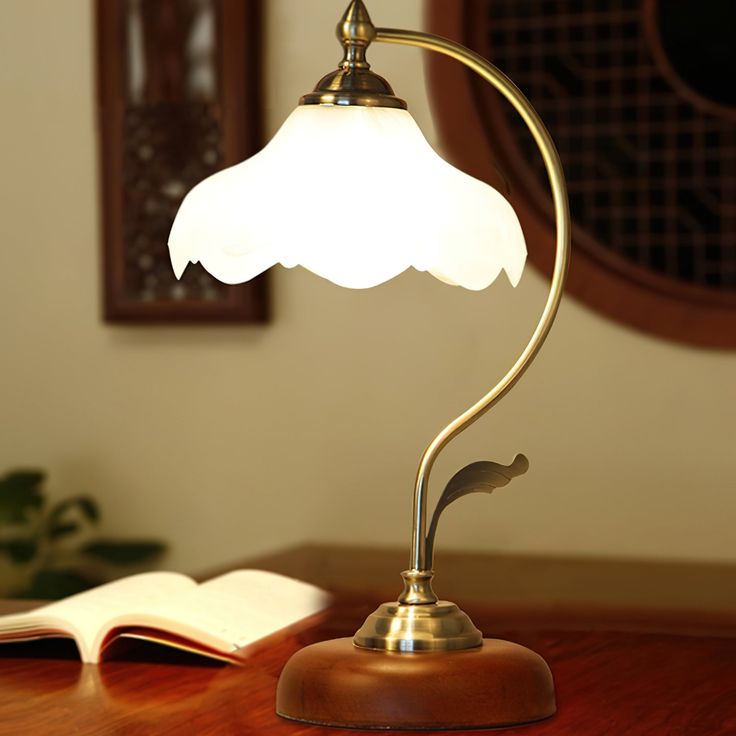
Popular Retro Table Lamp Materials
Vintage table lamps are treasures from the past, reflecting the materials that were cherished and available during various periods. Below are the prominent materials used in crafting these fine pieces:
- Brass: Brass is a common material for vintage table lamps, especially in those from the early to mid-20th century. Its durable and elegant nature lends a classic look that many collectors admire.
- Bronze: Another popular metal, bronze, offers a darker, richer tone than brass. Bronze lamps often have a weighty feel and an ornate presence, making them stand out.
- Glass: Glasswork, particularly hand-blown glass, was a favored choice in vintage table lamp design. These could range from transparent to colored glass, often contributing to the lamp’s overall charm.
- Porcelain: Porcelain brings a delicate and fine touch to table lamps. Often painted or adorned with intricate designs, porcelain vintage table lamps exude elegance and artistry.
- Wood: Wood was used for its natural beauty and warmth. Wooden vintage table lamps can have a rustic appeal and blend well with various decors.
- Ceramic: In the mid-century period, ceramic became a fashionable material for table lamps, known for its versatility and vast range of colors and textures.
- Plastic: Although less common in the early vintage designs, plastic became increasingly used in the 1960s and 1970s due to its adaptability and bold color possibilities.
These materials not only contributed to the sturdiness and longevity of vintage table lamps but also helped define the design trends of their eras. Whether it is the gleaming surface of chrome or the intricate texture of stained glass, each material brought its unique flavor to the table, making vintage table lamps a fascinating topic for collectors and enthusiasts alike.
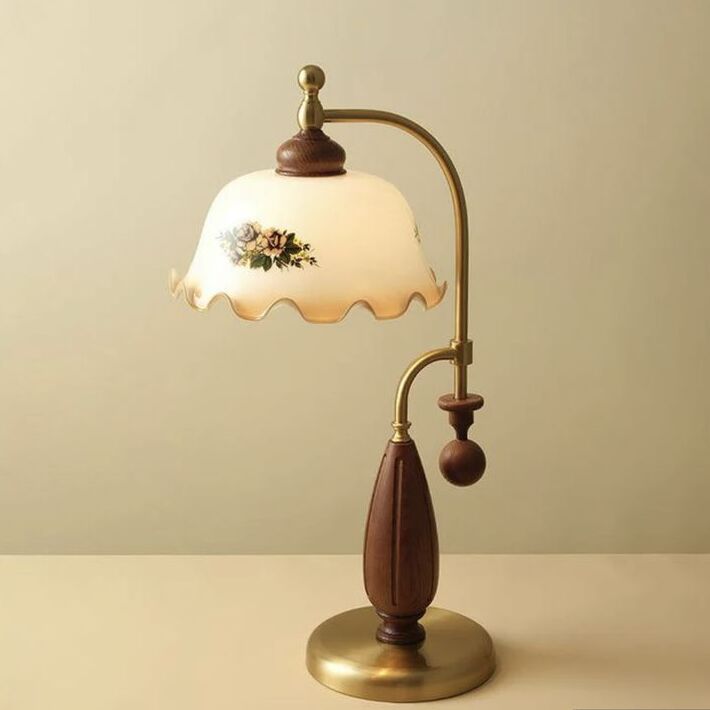
Iconic Vintage Table Lamp Styles Through the Decades
The story of the vintage table lamp is woven into the fabric of design history. Each decade has contributed iconic styles that continue to influence our interiors today. Let’s explore some of these classic looks.
- 1920s Art Deco: This era was all about glamor and sophistication. Vintage table lamps featured geometric patterns and clean lines. They used materials like chrome and glass, matching the Art Deco buildings of the time.
- 1930s-40s Streamline Moderne: Function mixed with style here. These lamps showcased smooth curves and a nautical feel, often in shiny metals and with simpler shapes.
- 1950s Mid-Century Modern: Minimalism took center stage. Lamps had organic shapes and used materials like teak, brass, and fiberglass. Colors became muted and earthy.
- 1960s Pop Art: Colors popped and designs became fun and quirky. Plastic and metal lamps with bright, bold colors were in every trendy home.
- 1970s Retro: Think earth tones and natural textures. Ceramic and wood materials were key, with lampshades in bold prints or soothing earth tones.
- 1980s Excess: Lamps were large and in charge, often with gold or brass finishes. Shades had fringes or were made of heavy, luxurious fabrics.
- 1990s Eclecticism: This decade mixed earlier styles, creating a playful blend. Industrial materials met vintage curves, and shades took a simpler form.
These styles embody the vintage table lamp’s journey through time. Understanding these iconic designs can help one appreciate their impact on today’s decor trends.

Blending Retro Table Lamps with Modern Decor
Merging vintage table lamps with contemporary decor brings a touch of the past into the present. The key is to balance old and new elements for a cohesive look. Here are a few tips to successfully incorporate vintage table lamps into modern interiors:
- Mix Styles Thoughtfully: Pair a vintage table lamp with a modern piece of furniture. For example, a classic mid-century lamp can look striking on a sleek, contemporary table.
- Consider the Color Scheme: Select vintage lamps that complement modern decor colors. A lamp with warm tones can add contrast to a cool-hued room.
- Play with Proportions: Use a large vintage lamp as a focal point in a room with minimalist furnishings. This creates an eye-catching feature that draws attention.
- Update the Lampshade: Consider replacing an old shade with a new one in a modern design. This refreshes the lamp while maintaining its vintage charm.
- Add LED Bulbs: To enhance energy efficiency, fit vintage lamps with LED bulbs. This combines timeless aesthetics with contemporary technology.
- Group Lamps Together: Create a collection of different vintage table lamps on a sideboard. This can become a unique display contrasting against a modern background.
- Highlight Character: Let the vintage table lamp tell its story. Keep it free from clutter and allow it to stand out as a piece of art.
By using these strategies, you can celebrate the beauty of vintage table lamps while keeping your space anchored in the present. It’s about creating harmony between eras that enhances the uniqueness of both. The charm of a vintage table lamp can truly shine in a modern setting, adding character and warmth to the home.
Care and Maintenance of Table Lamps
Vintage table lamps require careful upkeep to preserve their beauty and functionality. Here are practical tips for maintaining these classic illuminations:
- Regular Dusting: Gently dust your lamp regularly to avoid build-up. Use a soft cloth or a duster.
- Avoid Harsh Cleaners: Stick to mild cleaners to protect the lamp’s finish. Harsh chemicals can cause damage.
- Handle with Care: When moving your lamp, hold it by the base. The shade and other parts may be fragile.
- Check the Wiring: Vintage wiring can be old and unsafe. Have an electrician inspect and replace it if needed.
- Replace Worn Parts: If parts like the socket or switch wear out, find suitable replacements that match the lamp’s era.
- Use Appropriate Bulbs: Follow the lamp’s specifications for light bulbs to prevent heat damage.
- Protect from Moisture: Keep lamps away from moisture which can lead to rust or electrical issues.
- Polish Metal Parts: If your lamp has metal parts, polish them occasionally to maintain their shine.
- Avoid Direct Sunlight: Prolonged exposure to sunlight can fade colors. Place lamps in shaded areas.
By following these simple steps, you can help ensure your vintage table lamp continues to add charm and character to your space for years to come.
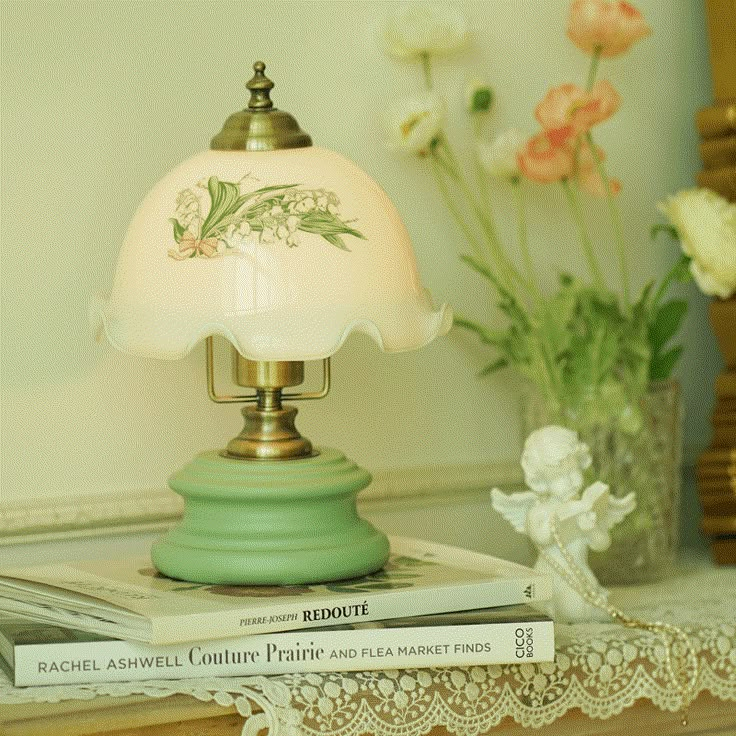
Where to Find and Purchase Retro Table Lamps
When hunting for the perfect vintage table lamp, knowing where to look is key. Here are the best places to start your search:
- Antique Stores: Local antique shops often house a selection of vintage table lamps. These places give you the chance to inspect lamps in person. Ask shop owners about the lamp’s history and materials.
- Estate Sales: Estate sales can be treasure troves for vintage items. Check listings in your area and arrive early for the best selection. Be prepared to negotiate on prices.
- Flea Markets: Look for markets that specialize in antiques and vintage goods. Vendors here may have unique lamps not found elsewhere. Frequent visits can lead to great finds.
- Online Marketplaces: Websites like eBay and Etsy offer a vast array of vintage table lamps from sellers worldwide. Use detailed search terms to filter your results. Read descriptions and reviews carefully.
- Specialty Stores: Some stores focus on vintage lighting. They may have restored lamps ready for use. Staff can offer advice on care and maintenance as well.
- Auctions: Both live and online auctions can be sources for rare vintage table lamps. Study the catalog beforehand and set a budget.
- Collectors and Forums: Join online forums and groups dedicated to vintage decor. Collectors often sell or trade pieces and provide valuable insights.
Remember to inspect each lamp thoroughly before purchasing. Look for signs of wear, the authenticity of materials, and proper functioning. Invest time in your search for a vintage table lamp, and you will likely find a piece that resonates with your style and adds a special touch to your space.
DIY Tips for Restoring Retro Table Lamps
Restoring vintage table lamps can be a fulfilling DIY project. Here’s how to bring these classics back to life.
- Safety First: Before starting, unplug the lamp. Safety is crucial when working with electrical items.
- Clean Gently: Wipe the lamp with a soft, dry cloth. For tougher grime, use a slightly damp cloth with mild soap.
- Rewire if Necessary: Old wiring can be a hazard. If cords seem worn or brittle, replace them. Seek professional help if unsure.
- Fix the Switch: If the lamp’s switch isn’t working, it might need a new one. Switches are available at hardware stores.
- Polish Metal Parts: Use a proper metal cleaner for brass or bronze parts to restore shine. Avoid abrasive materials.
- Refresh the Lampshade: If the shade is faded or damaged, consider recovering or replacing it. Choose materials that match the vintage style.
- Replace Missing Pieces: Look for authentic parts or replicas that fit the lamp’s era. Online markets may have what you need.
- Test Your Lamp: After reassembling, test the lamp with a new bulb. Make sure all connections are secure.
Remember, restoring vintage table lamps not only saves you money but also preserves the beauty and history of the piece. With patience and care, you can enjoy the warm glow of your vintage table lamp once again.
